CO-architecture recently hosted a Future of Work panel, featuring 7 passionate architects and designers. Together they addressed the rise of AI and the industry’s ongoing transformation. Hudson Brown brings us key insights from this stellar-cast panel discussion.

Left-right: Kevin Mitchem, Monique Woodward, James Calder, Ingrid Bakker.
June 27th, 2023
Drinks and canapes in hand, audiences at Brickworks Melbourne Design Studio were presented with numerous viewpoints on the industry’s next era. The event featured a diverse panel featuring experts spanning practice, research and education, including:

Moderated by CO-architecture co-founder Kevin Mitchem, with support from Archibiz coach and mentor Tim Smith, industry veterans, mid-career professionals and emerging students shared in the discussion. Focused on the rise of artificial intelligence and the industry’s ongoing transformation, panellists shared their experiences and reflected on each other’s perspectives.

The Growing Impact of AI on Architecture
The last few months have seen massive hype around artificial intelligence and generative design work. While this technology could deliver vast opportunities for architects, there are also considerable challenges that await. Here, the panel reflected on where AI tools have been adopted in their work and how this technology could impact client relationships.
“We have started using AI and are really exploring it. Mainly because we don’t want to be scared of it; we don’t want it to happen without us because if we’re not part of it, we’ll get left behind,” said Ingrid Bakker. “So, it’s about understanding AI as a tool and how we can use it to enhance what we’re doing rather than necessarily having it do all the work for us.”
Jill Garner agreed: “We’re a small cog in a very, very challenging industry, and it’s getting more challenging. I think we have to be very cautious about staying relevant, staying current and to Ingrid’s point, not being frightened of AI, but to work out how it can make us much better at what we do.”
Related: Indesignlive editorial on AI

How can organisations maintain relevance?
As organisations across the industry explore how to use artificial intelligence within the workplace, looking ahead to the future prompts concerns about how architects and designers demonstrate their value to clients. According to James Calder, this disruptive era is a chance to win back influence over the industry’s long-term direction.
“I think whatever we do, we have to make sure we use the next technology carefully because we should be controlling where the industry is going, not letting project managers or others come in and tell us how to do our job.”

According to Ingrid Bakker, architects and designers must also engage clients with conviction about the value they deliver. “As an industry, we must remind our clients of the value we bring to problem-solving and design thinking. AI is one tool we can use to make things faster, but that doesn’t take away from what we bring as creative thinkers and problem-solvers.”
Whatever benefits AI brings to the architecture industry, finding ways to overcome other limitations in the sector will also be imperative. In an age where the incentive is to work faster and with greater efficiency, Monique Woodward says practices like WOWOWA struggle to navigate the sluggish nature of the wider construction field.
“To us, everything in the industry seems so slow. We’re waiting for the engineer, we’re waiting for the surveyor, we’re sitting on our hands waiting for the town planning. For me, this is the most challenging thing, as we’re trying to be snappy, but if we’re waiting six or eight weeks instead of three, it’s really impacting us.”
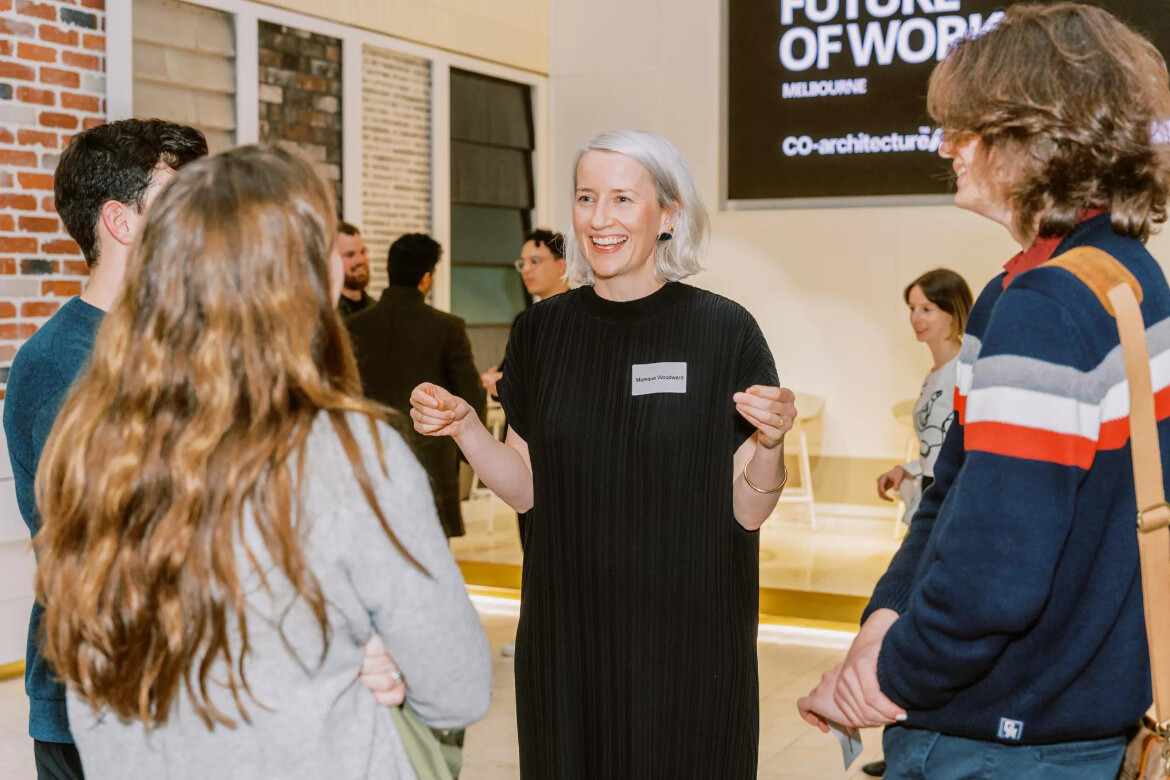
The shifting nature of work in architecture
Artificial intelligence might free architects from mundane tasks, yet the rise of sophisticated technology doesn’t necessarily mean the working week will become more manageable. Dr Agustin Chevez drew on his recent article – which explored how 1960s shows like The Jetsons predicted a jobless society by the 2020s – to explain how the intersection of technology with work is often misunderstood.
“Studies have suggested that technology is not an indicator of the amount of work done in the future. It’s actually the economic system that moderates that. People work more now than in the industrial revolution because of our expectations of output. Right now we’re in the sweet spot where we get the extra benefit of technology, but eventually clients moderate expectations.”
James Calder reflected on how the modern architecture and design industry has changed, as people with varied skills work much closer together. Although the widespread adoption of AI risks a race to the bottom where practices undercut each other, the ability to unite in-depth information with design skills offers an exciting opportunity.
“A great thing about how practices are now run is how collaborative things have become. It used to be incredibly hierarchical…The speed of design has increased, but so has the quality from having more voices involved. Drawing in AI, if we’ve got all this data and information to mix in with our creative brains, we can come up with much better solutions.”

How students can achieve industry success
As the future of work evolves in the architecture and design space, those preparing to enter the industry have understandable concerns about where they fit into the equation. In response to an audience question, recent graduate Blake Hillebrand offered his perspective on the benefits of working in the office rather than from home.
“The stuff you hear from people in the office is so valuable, even when just asking little questions about the software we’re using. If I’m at home, I’d be trying to find a video online to watch. In the office, I can just ask the person next to me for help.”
The skills most valued are also not always what students expect. With most of the panellists involved with higher education, mentorship and graduate programs now and in the past, confidently communicating ideas and showcasing stellar interpersonal skills gives students an edge in a competitive job market.
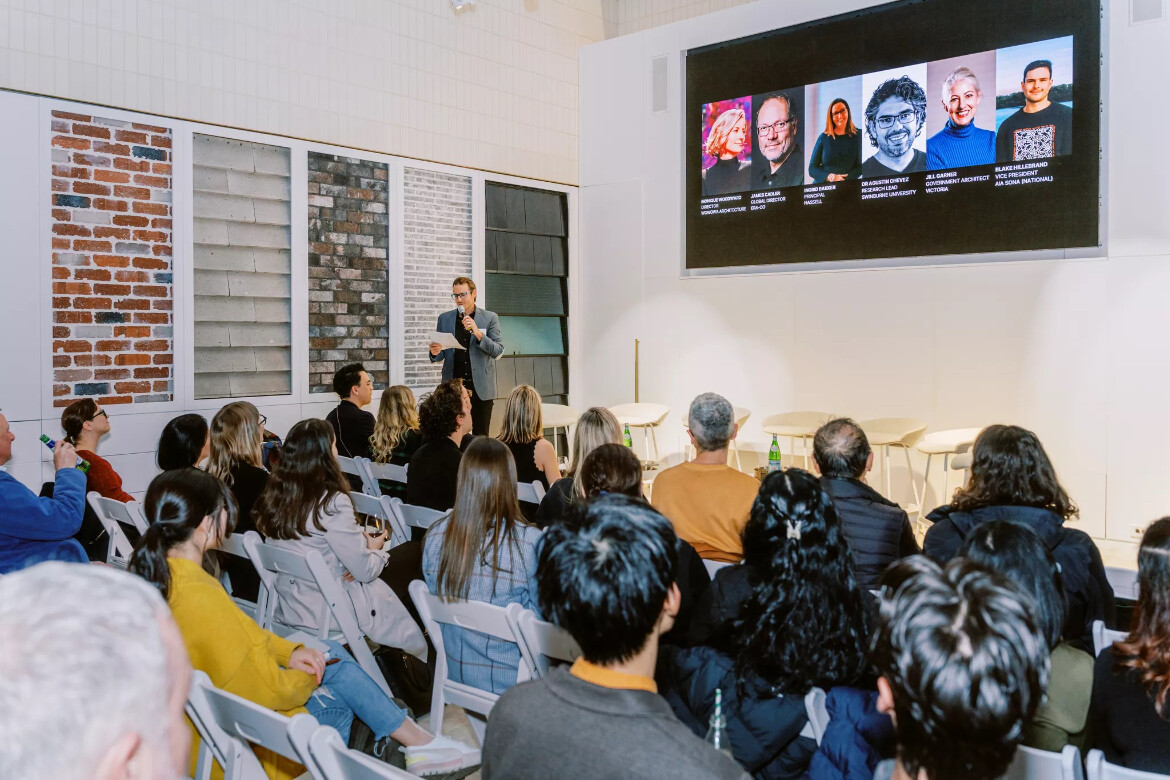
“What you learn and the skills you develop are important, but it’s much more about your relationship with design. It’s an area that in many ways can’t be taught,” said Dr Agustin Chevez about his experience teaching university classes.
Ingrid Bakker encouraged students to back themselves when getting established in an architecture and design practice. “The best thing you can bring is enthusiasm and a real hunger to learn and progress your career. Don’t sit back and wait for it to be handed to you on a plate.”
CO-architecture
co-architecture.com
Photography
Noah Sutherland
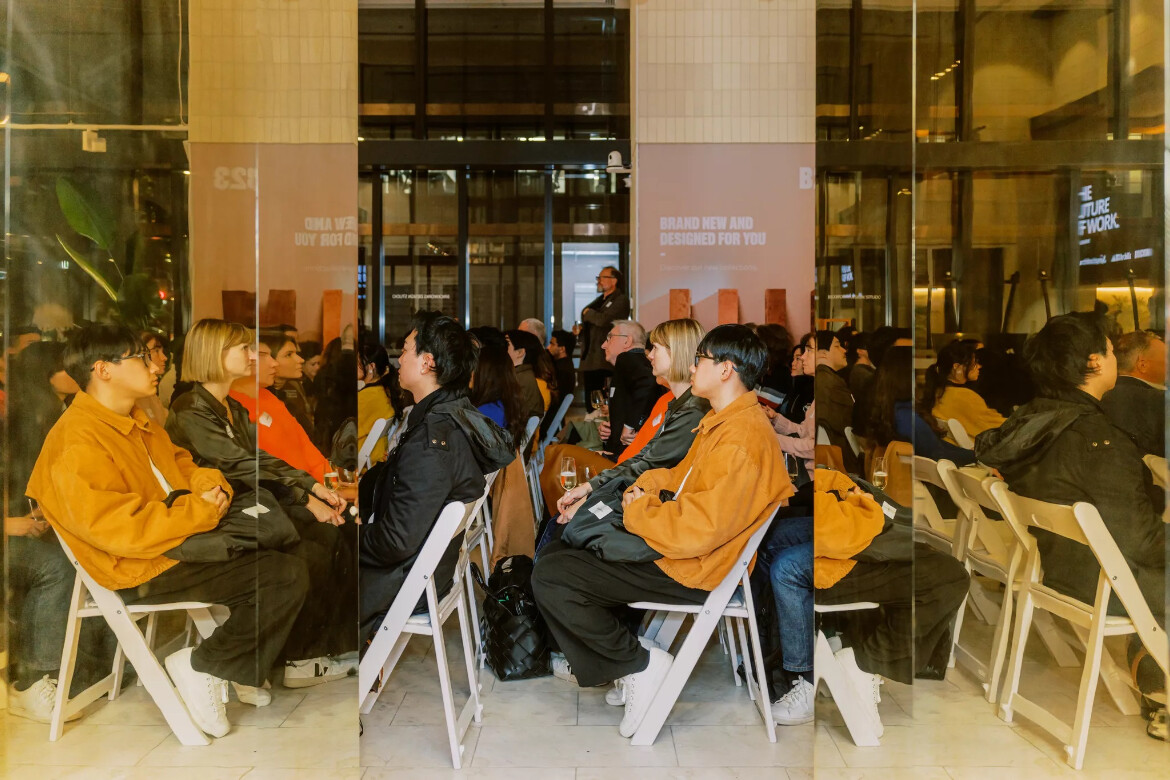

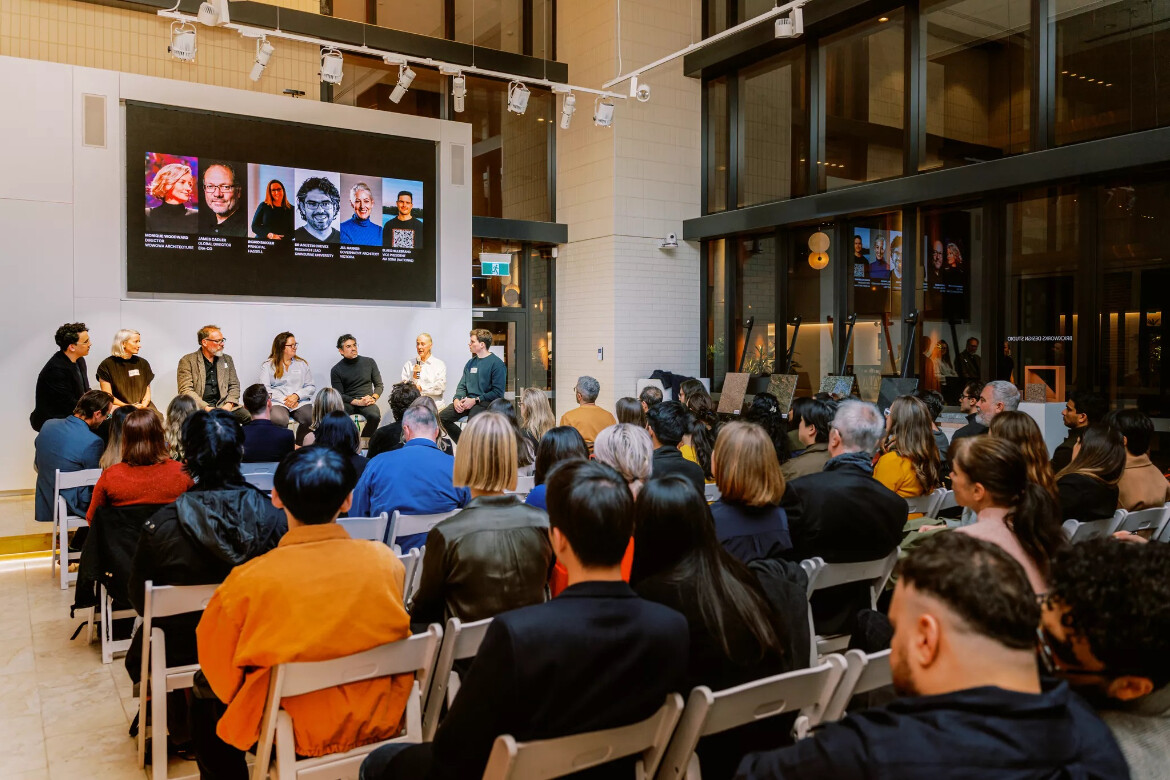

We think you might also like this Q&A on AI with Woods Bagot’s Jet Geaghan.
INDESIGN is on instagram
Follow @indesignlive
A searchable and comprehensive guide for specifying leading products and their suppliers
Keep up to date with the latest and greatest from our industry BFF's!

From the spark of an idea on the page to the launch of new pieces in a showroom is a journey every aspiring industrial and furnishing designer imagines making.

Merging two hotel identities in one landmark development, Hotel Indigo and Holiday Inn Little Collins capture the spirit of Melbourne through Buchan’s narrative-driven design – elevated by GROHE’s signature craftsmanship.

The undeniable thread connecting Herman Miller and Knoll’s design legacies across the decades now finds its profound physical embodiment at MillerKnoll’s new Design Yard Archives.

London-based design duo Raw Edges have joined forces with Established & Sons and Tongue & Groove to introduce Wall to Wall – a hand-stained, “living collection” that transforms parquet flooring into a canvas of colour, pattern, and possibility.
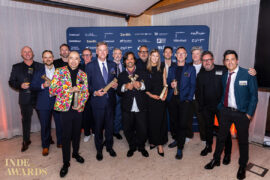
With the opening of the 2026 INDE.Awards program, now is the time to assess your projects, ensure photography is at hand and begin your submissions.

Director Farrokh Derakhshani joins STORIESINDESIGN podcast from Geneva to talk about the wide-ranging Aga Khan Award, which in 2025 awarded $1m to a series of winners with projects from China to Palestine.
The internet never sleeps! Here's the stuff you might have missed

With the opening of the 2026 INDE.Awards program, now is the time to assess your projects, ensure photography is at hand and begin your submissions.

For those who appreciate form as much as function, Gaggenau’s latest induction innovation delivers sculpted precision and effortless flexibility, disappearing seamlessly into the surface when not in use.